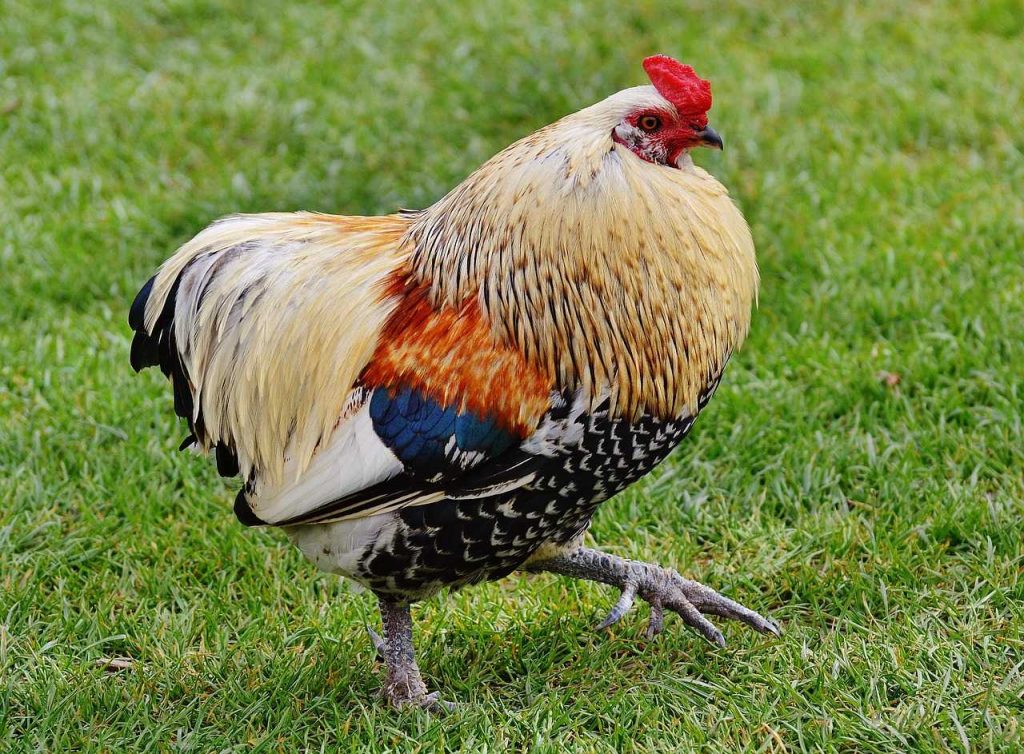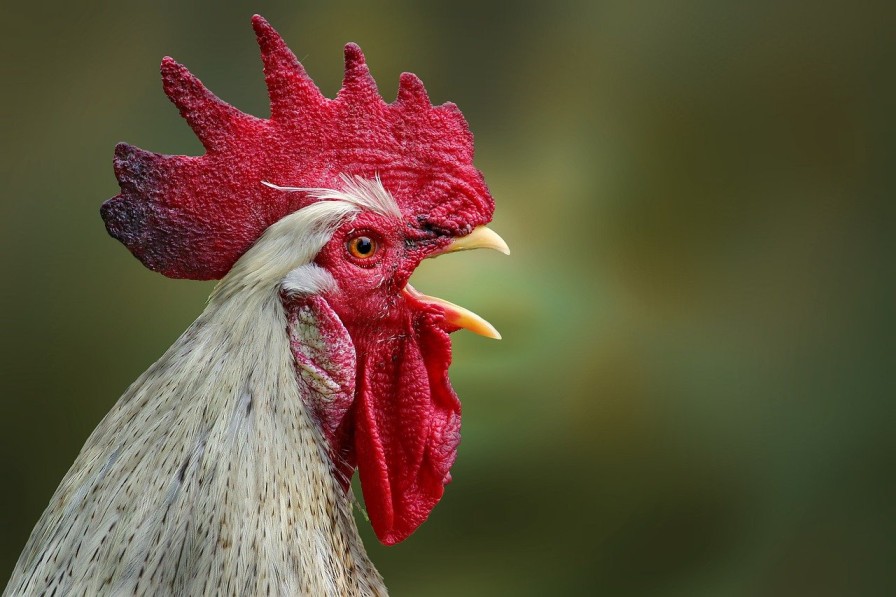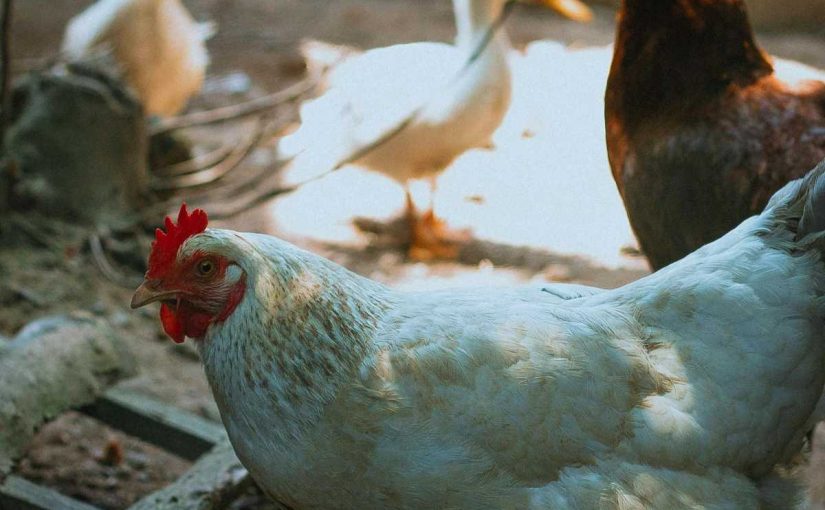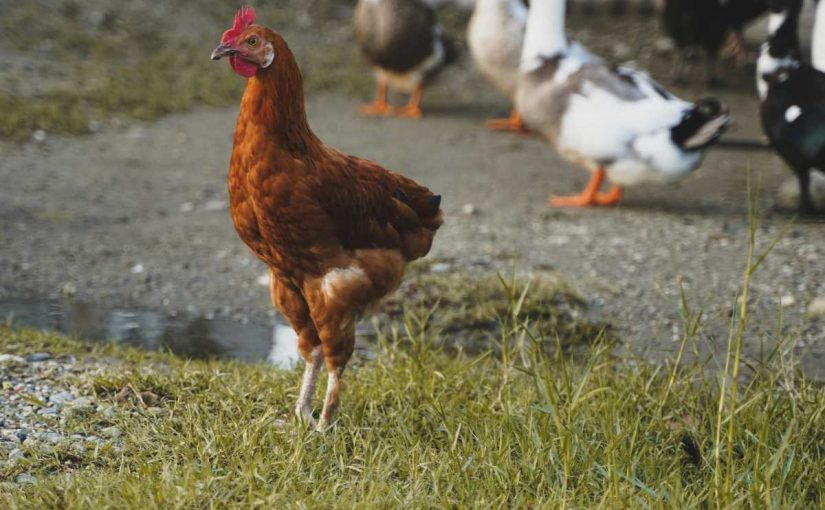When it comes to raising chickens, one of the most important aspects to consider is the social structure of your flock, commonly known as the pecking order. This hierarchical system dictates the interactions and relationships between your chickens and can significantly impact their overall well-being. Understanding the pecking order is essential for maintaining a harmonious environment, preventing aggression, and ensuring the health of your flock. In this blog, we’ll explore the concept of pecking order, its implications, and tips for fostering a peaceful flock.
1. What is Pecking Order?
The pecking order refers to the social hierarchy established among chickens, where each bird holds a specific rank. This system dictates who gets priority for food, space, and nesting areas. Chickens establish their pecking order through various behaviors, including pecking, chasing, and assertive posturing. The hierarchy is dynamic and can change over time, especially with the introduction of new birds or changes in the environment.
Hierarchy Levels
- Dominant Chickens: These are typically the largest or most assertive birds in the flock. They have first access to food, water, and prime resting spots.
- Subordinate Chickens: These birds are lower in the hierarchy and will often yield to their dominant counterparts. They may have to wait for food and may be more prone to bullying.
2. Establishing the Pecking Order
The pecking order is usually established when chickens are introduced to each other or when a new bird joins the flock. Here’s how the process generally unfolds:
Initial Introductions
- Observation: When new chickens are introduced, they will often engage in behaviors like pecking, chasing, and vocalizing to assert dominance and establish their place in the hierarchy.
- Settling In: It may take several days or even weeks for the pecking order to stabilize. During this time, expect some skirmishes as the birds figure out their ranks.

Factors Influencing Pecking Order
- Size and Age: Larger, older chickens often assert dominance over younger or smaller birds.
- Personality: Individual personalities play a significant role. Some chickens are naturally more assertive or submissive.
- Breed Traits: Certain breeds have distinct behavioral traits that can influence their position within the flock.
3. Signs of Pecking Order Behavior
Understanding the signs of pecking order behavior can help you identify any potential issues within your flock. Here are some common behaviors to look for:
Dominance Behaviors
- Pecking: Higher-ranking chickens will peck at lower-ranking ones to assert their dominance.
- Chasing: Dominant birds may chase others away from food or nesting areas.
- Posturing: Chickens may puff up their feathers, spread their wings, or make loud vocalizations to establish their status.
Submissive Behaviors
- Crouching: Submissive birds may crouch or bow their heads when approached by a dominant chicken.
- Avoidance: Lower-ranking chickens often try to avoid confrontation by staying out of the way.
4. Managing the Pecking Order
While pecking order behavior is natural, there are several strategies you can implement to ensure a peaceful flock:
1. Provide Adequate Space
- Space Requirements: Ensure your chickens have enough space to roam and establish their territories. The general guideline is at least 4 square feet of space per chicken in the coop and 10 square feet in the run.
- Separate Areas: If possible, create separate areas for feeding, nesting, and resting to minimize competition and aggression.
2. Introduce New Chickens Gradually
- Quarantine New Birds: Before introducing new chickens to the flock, quarantine them for a couple of weeks to prevent the spread of diseases.
- Slow Integration: Introduce new birds gradually by placing them in a separate enclosure within sight of the existing flock. This allows them to become familiar without direct contact.
3. Monitor Food and Water Access
- Multiple Feeders and Waterers: Provide multiple feeding and watering stations to reduce competition and allow all birds access to food and water.
- Scatter Feed: Scatter feed in different areas of the run to encourage foraging behavior and reduce aggressive interactions.
4. Provide Enrichment
- Toys and Structures: Offer toys, perches, and other structures to keep chickens entertained and engaged. This can help reduce boredom and subsequent aggression.
- Foraging Opportunities: Incorporate foraging opportunities, such as kitchen scraps or treat balls, to keep your chickens busy and promote a more peaceful environment.
5. Keep an Eye on Aggression
- Identifying Bullying: Watch for signs of bullying or excessive aggression. If a specific chicken is consistently being targeted, consider separating it temporarily until the pecking order stabilizes.
- Remove Aggressive Birds: In extreme cases, if a chicken is overly aggressive and causing harm, it may be necessary to rehome or separate that bird from the flock.
5. Conclusion
Understanding the pecking order is vital for maintaining a peaceful and healthy flock of chickens. By recognizing the natural behaviors of your birds and implementing effective management strategies, you can create a harmonious environment where all chickens feel safe and secure. Remember that establishing a pecking order takes time, especially with new introductions, so patience is key. With proper care and attention, you’ll enjoy the many benefits of a happy, cooperative flock while reaping the rewards of fresh eggs and the joys of chicken-keeping.




